|
Tying the warp to the front apron rod Before I even began this step, I removed the raddle and lease sticks from the back of the loom, and I removed the texsolv cords that were used to support the raddle, lease sticks and reed while winding on and threading.
Tying up the treadles The treadling is a point twill treadling and the original tieup required 4 treadles. I like “walking” my treadles.
Weaving a header
0 Comments
|
Pattie LambI have been happily weaving since my son was born in 1988. Archives
June 2023
Categories
All
|

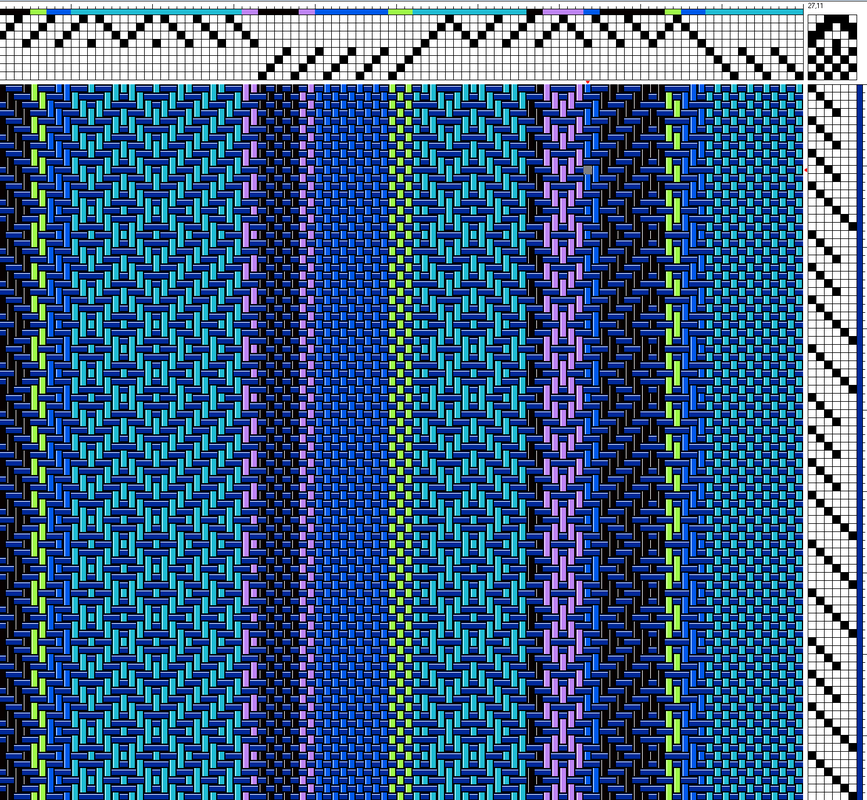
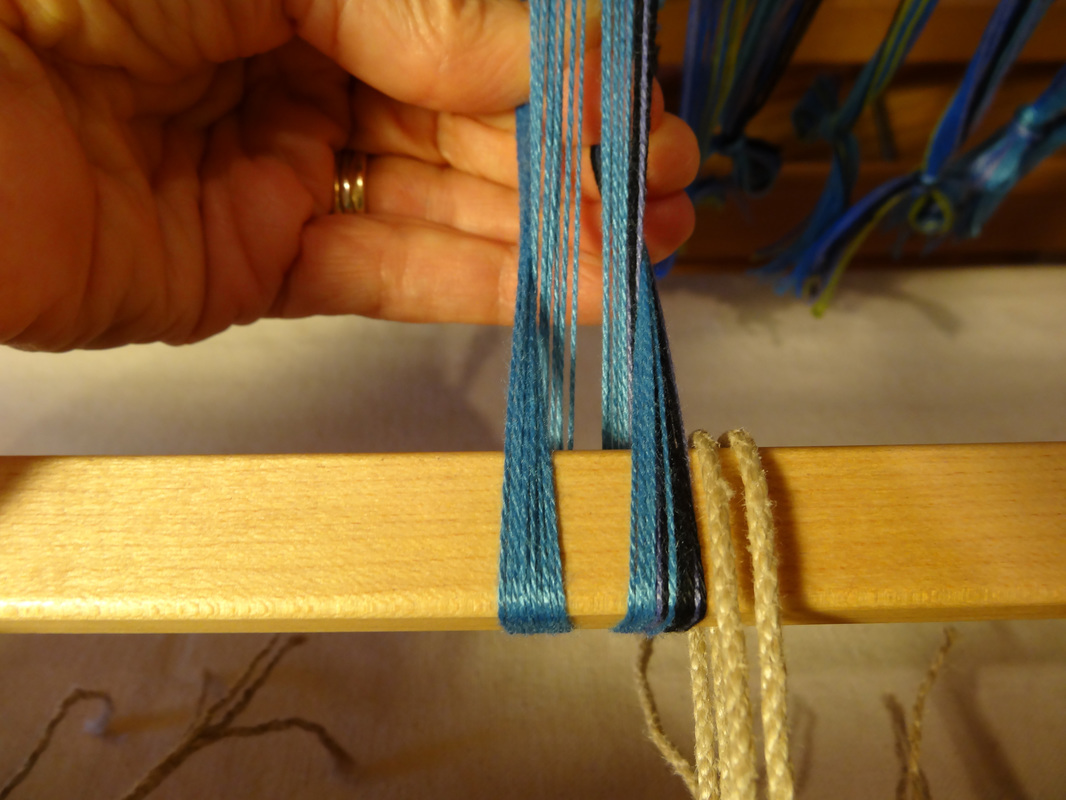
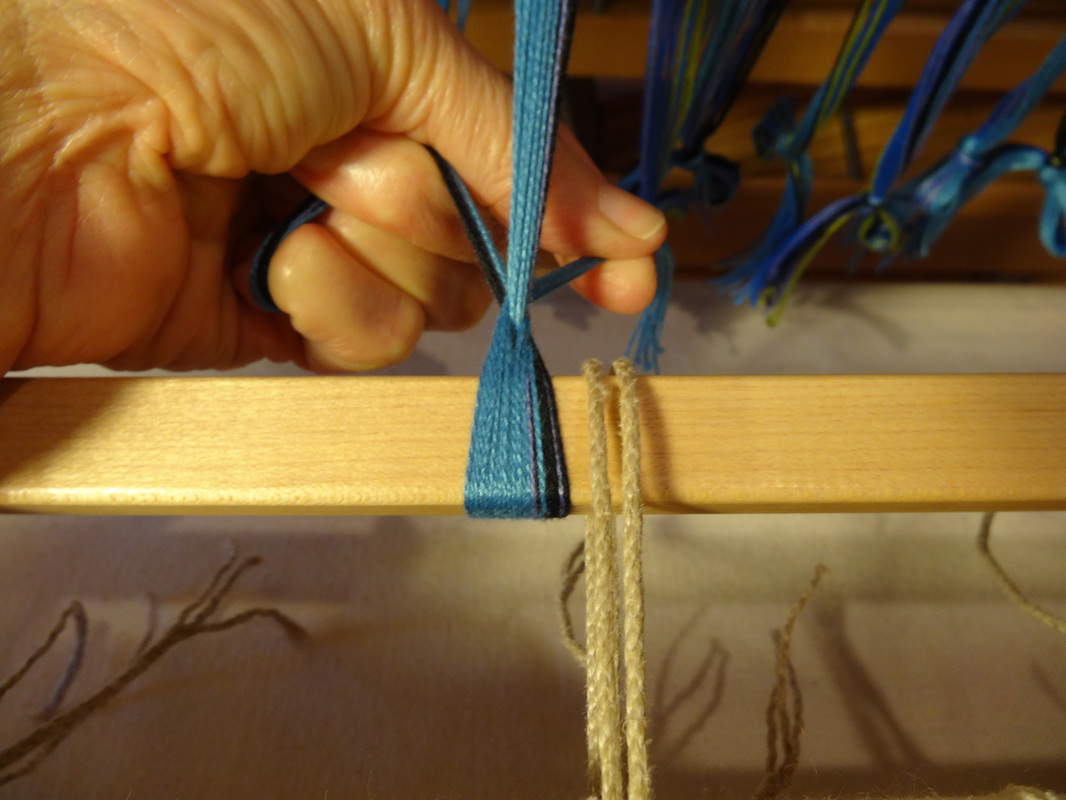
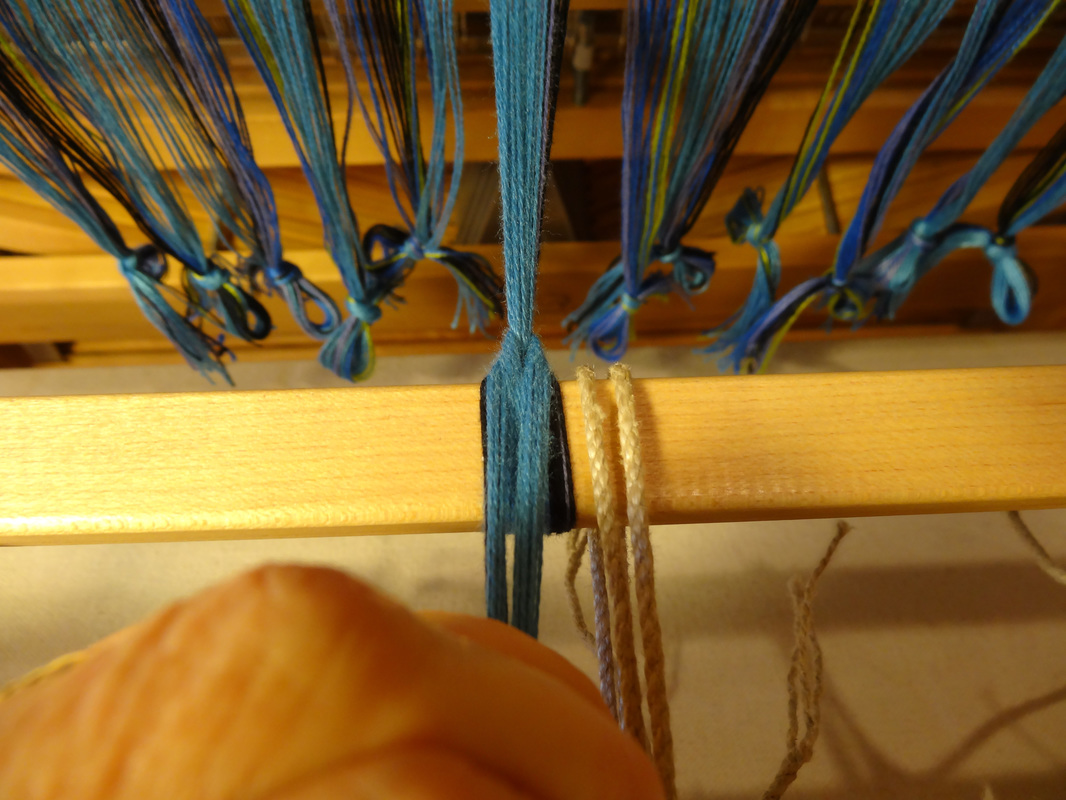
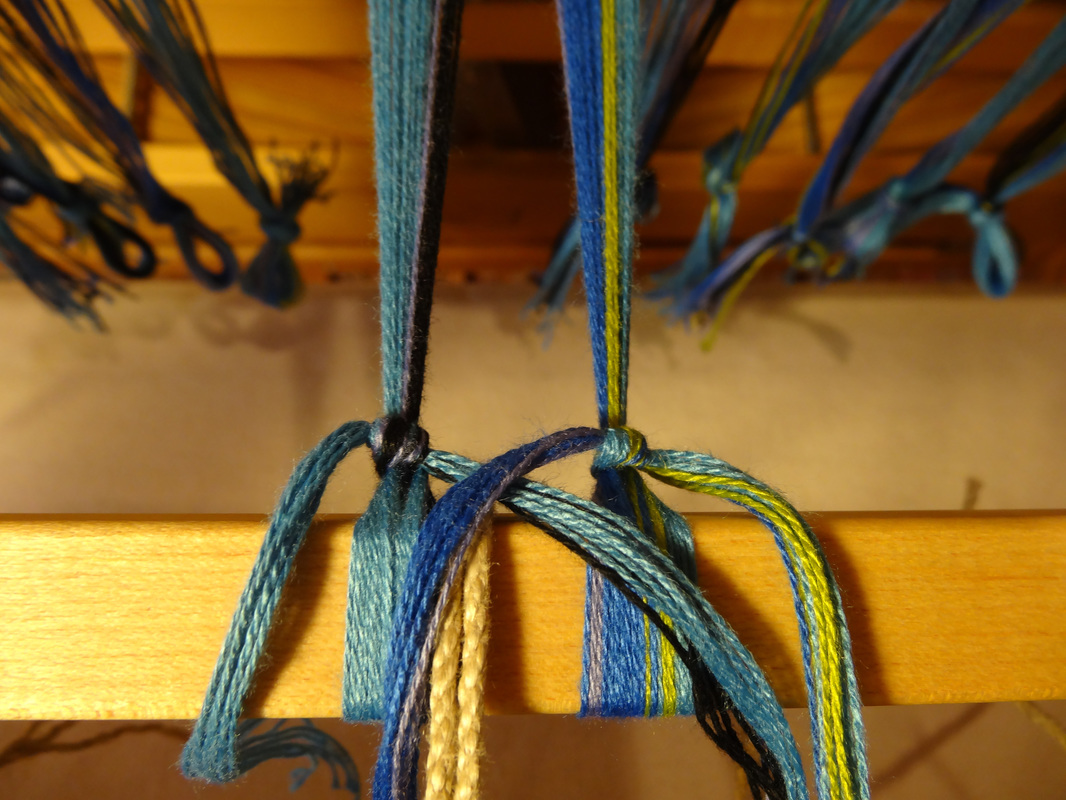
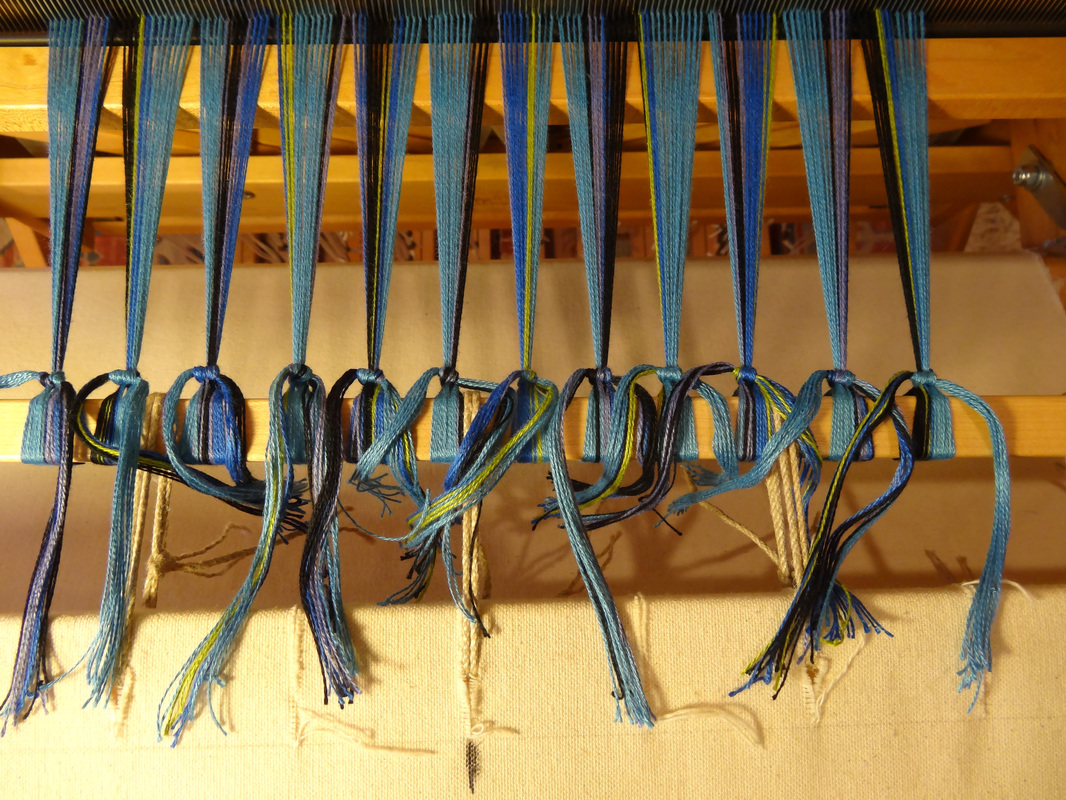
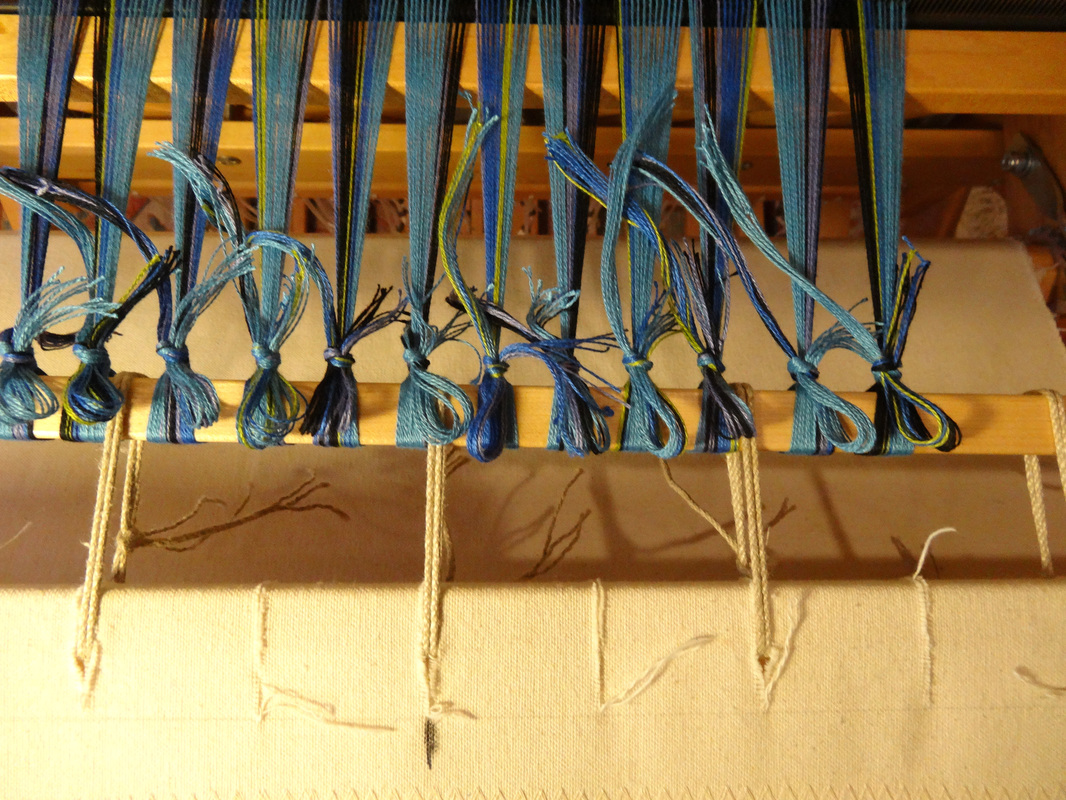


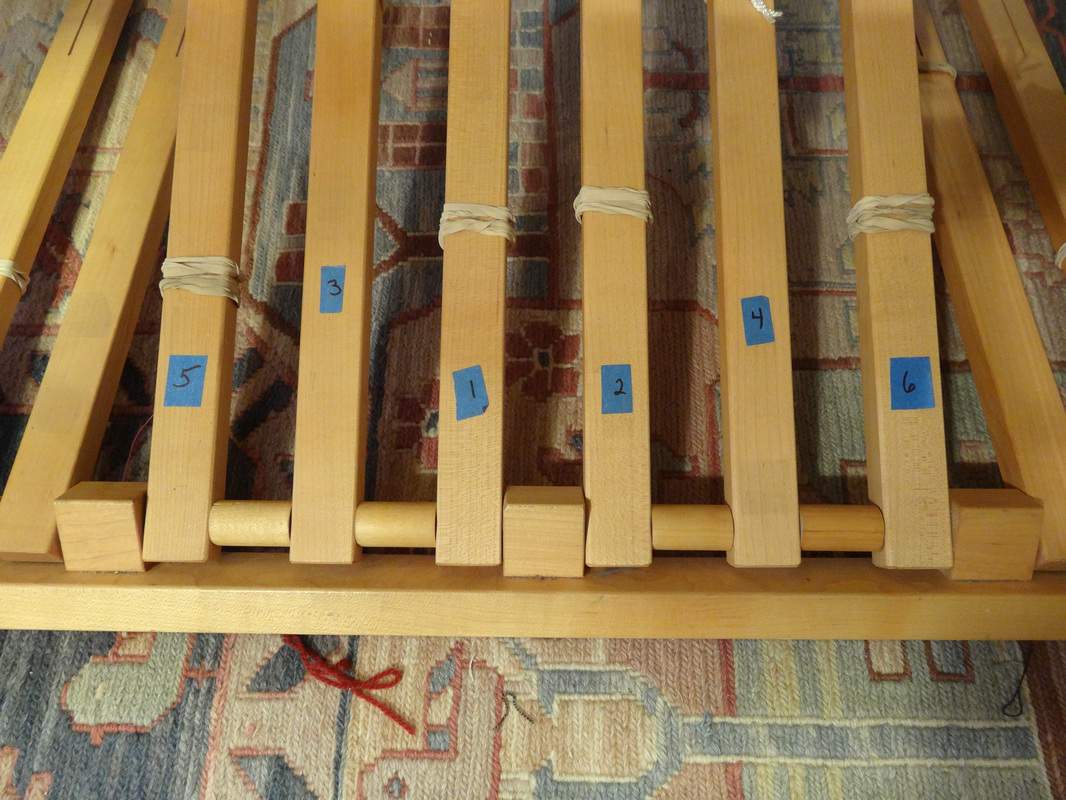
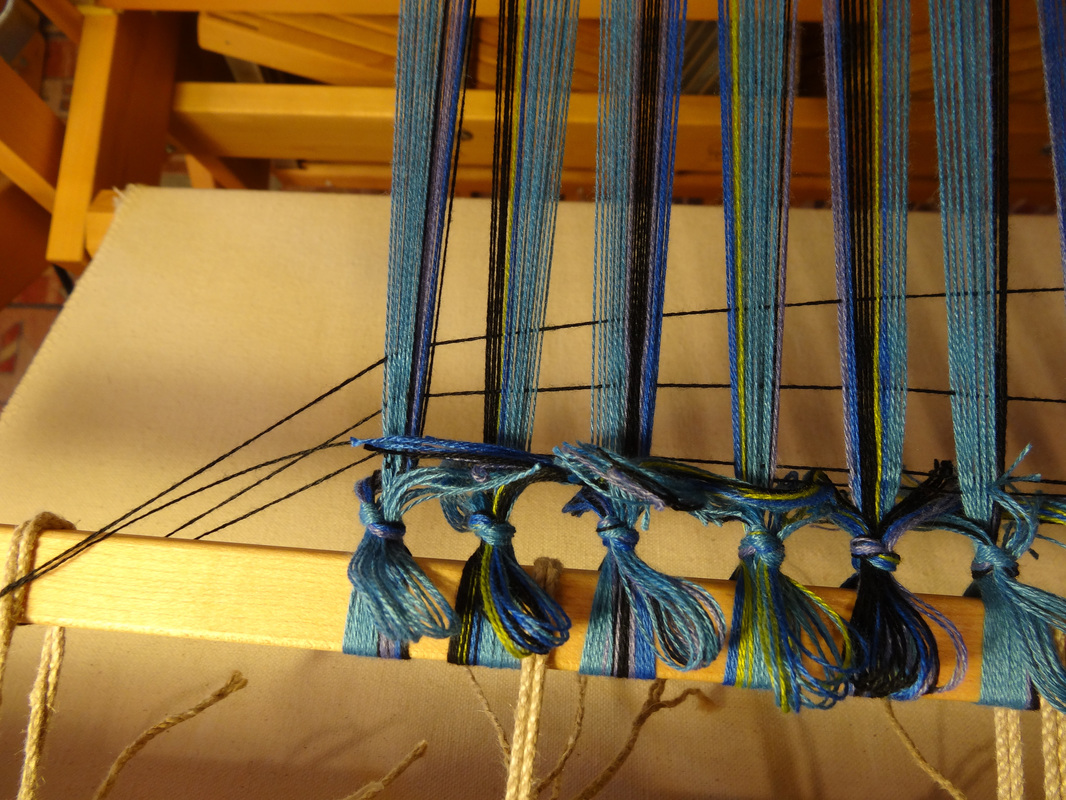
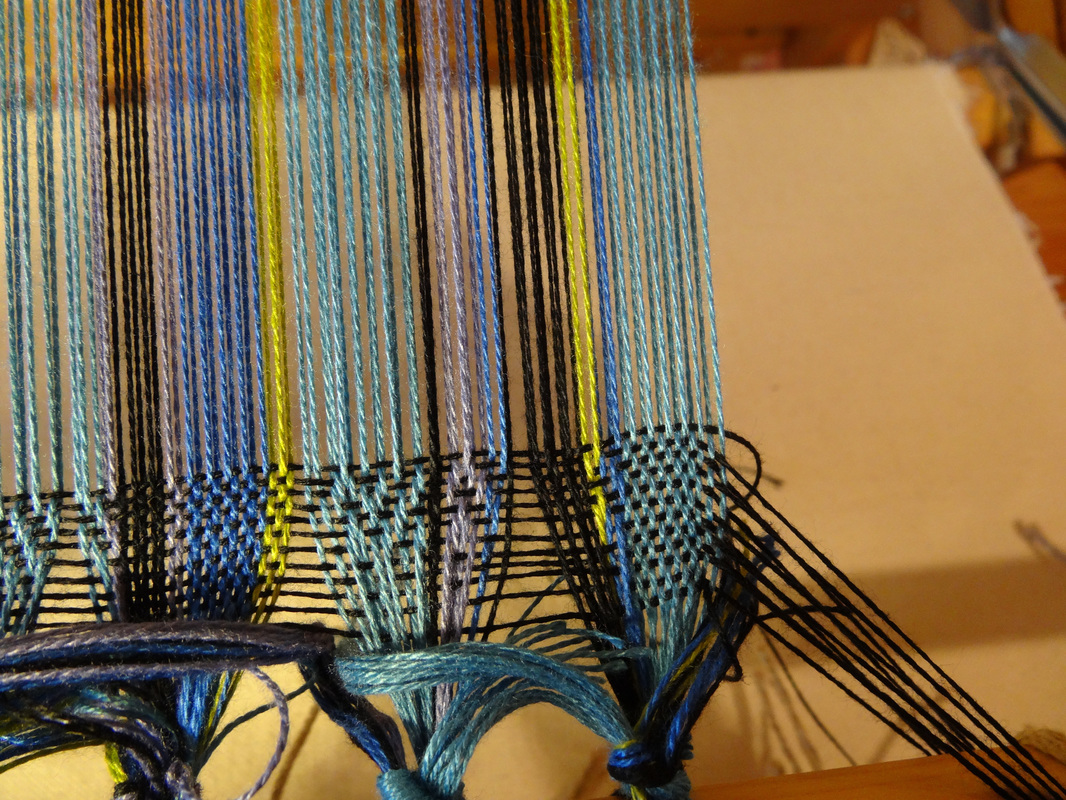
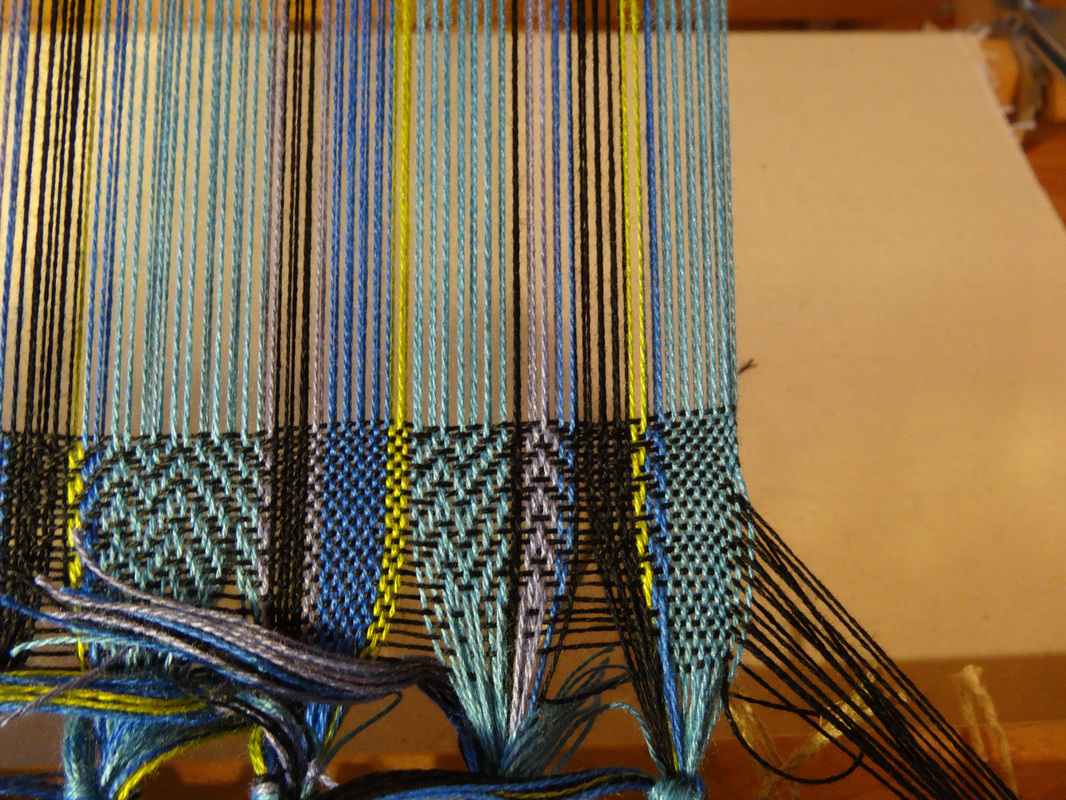
 RSS Feed
RSS Feed